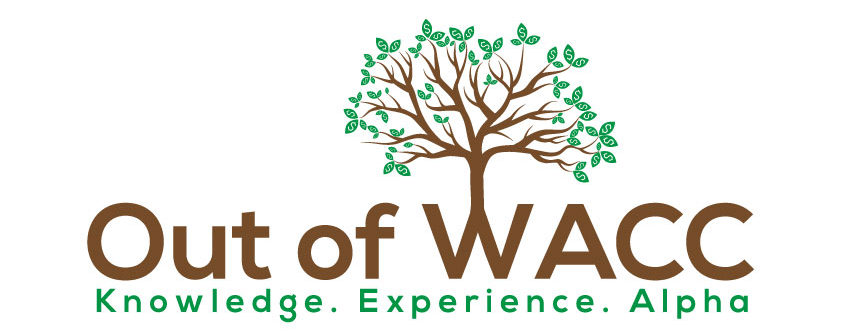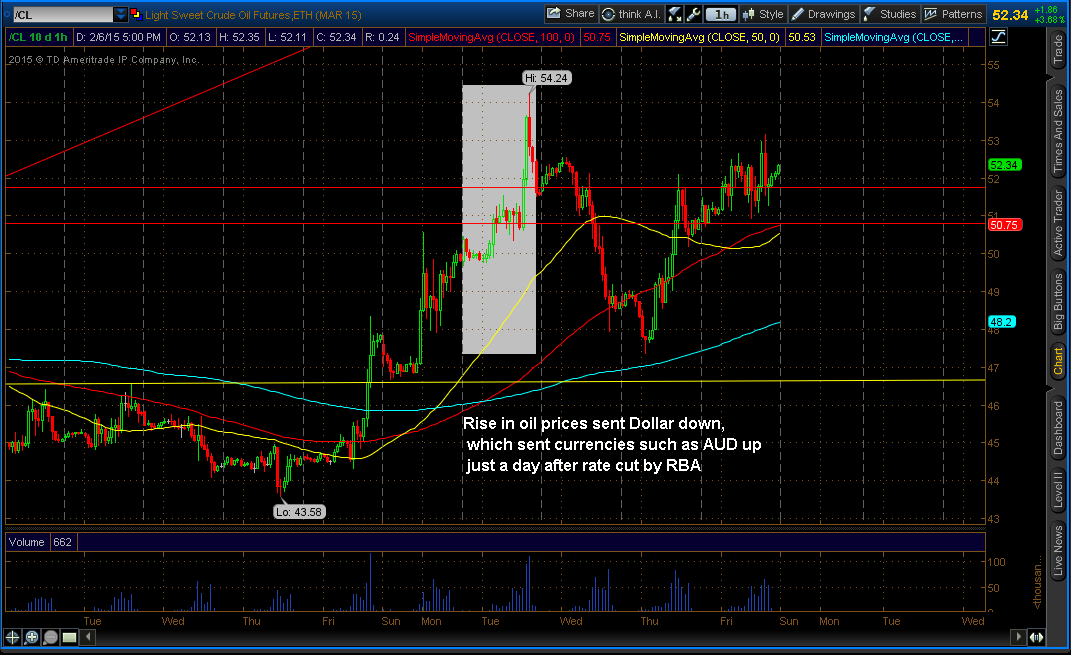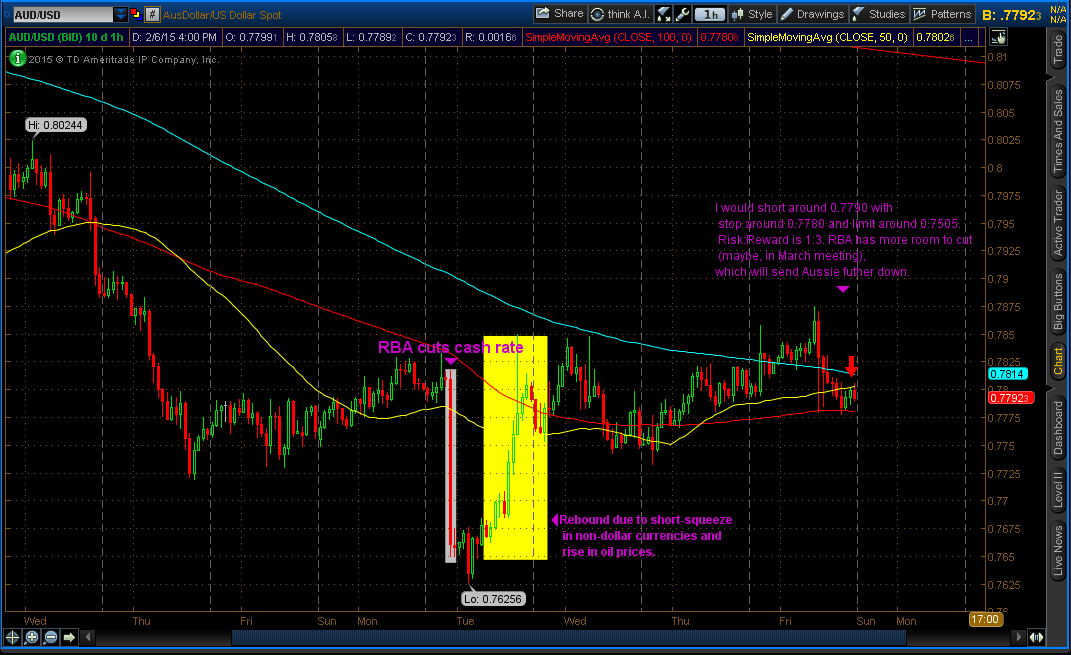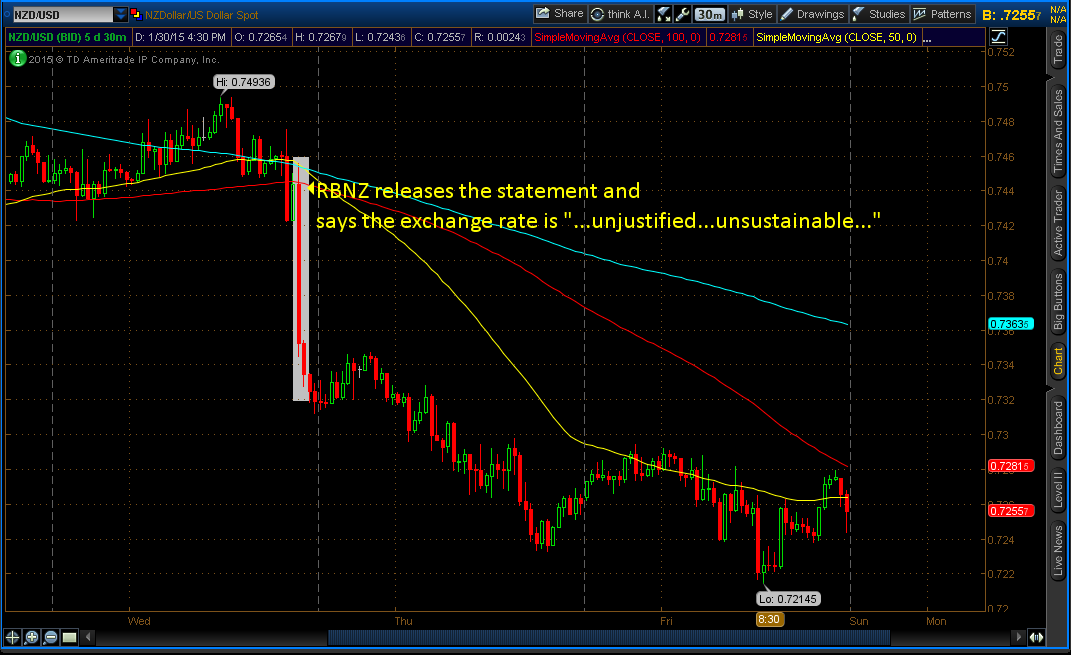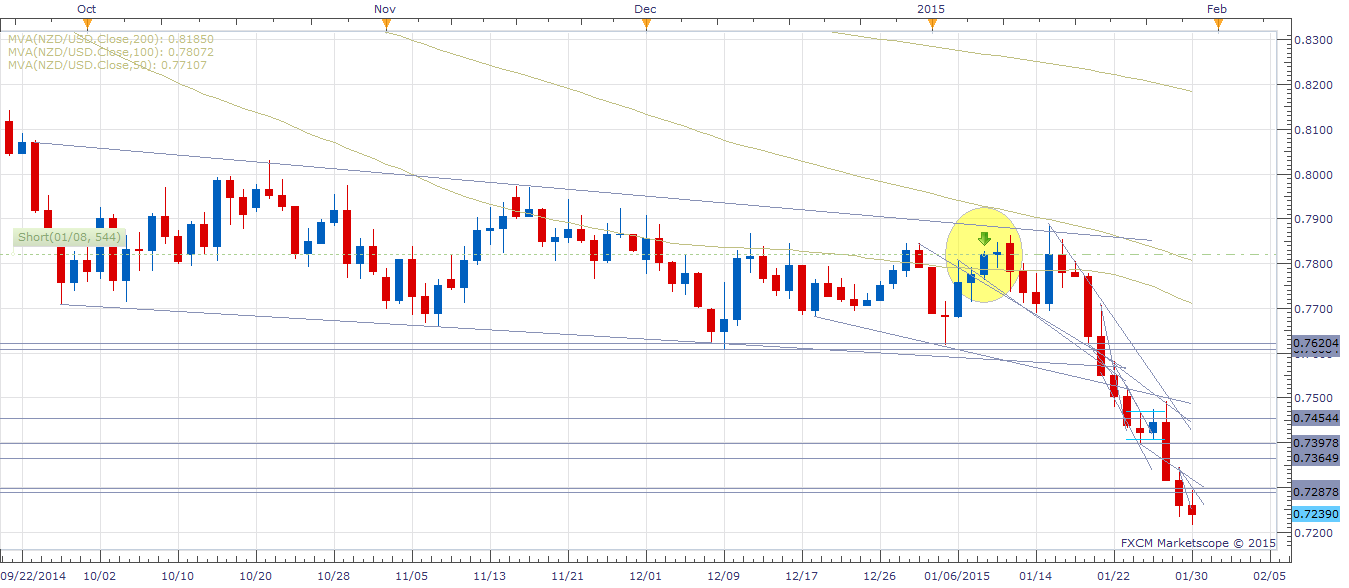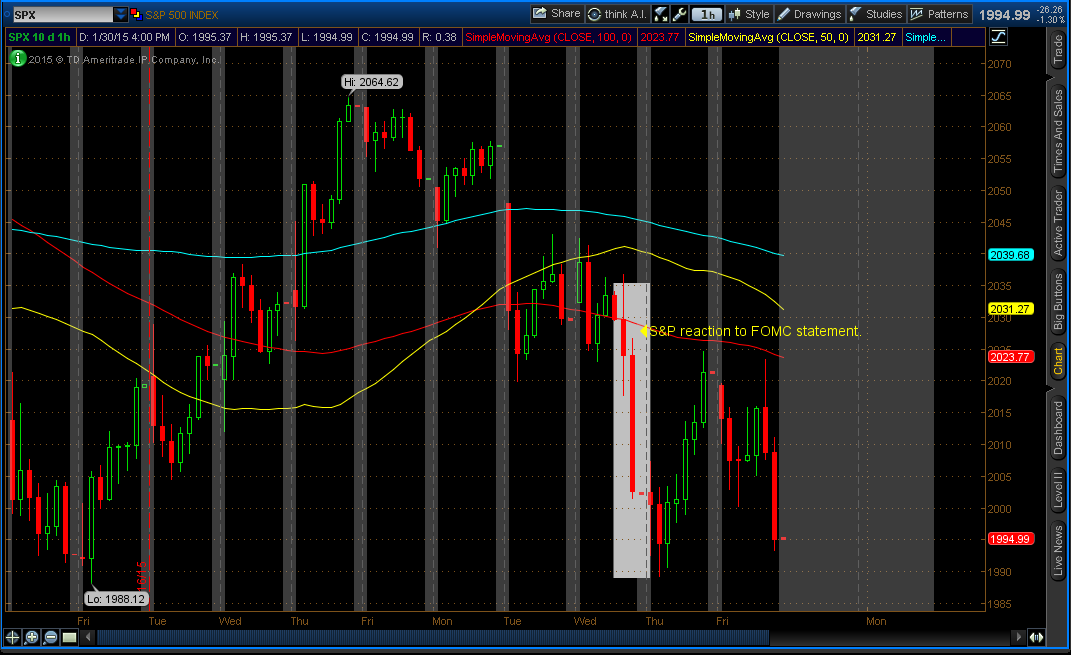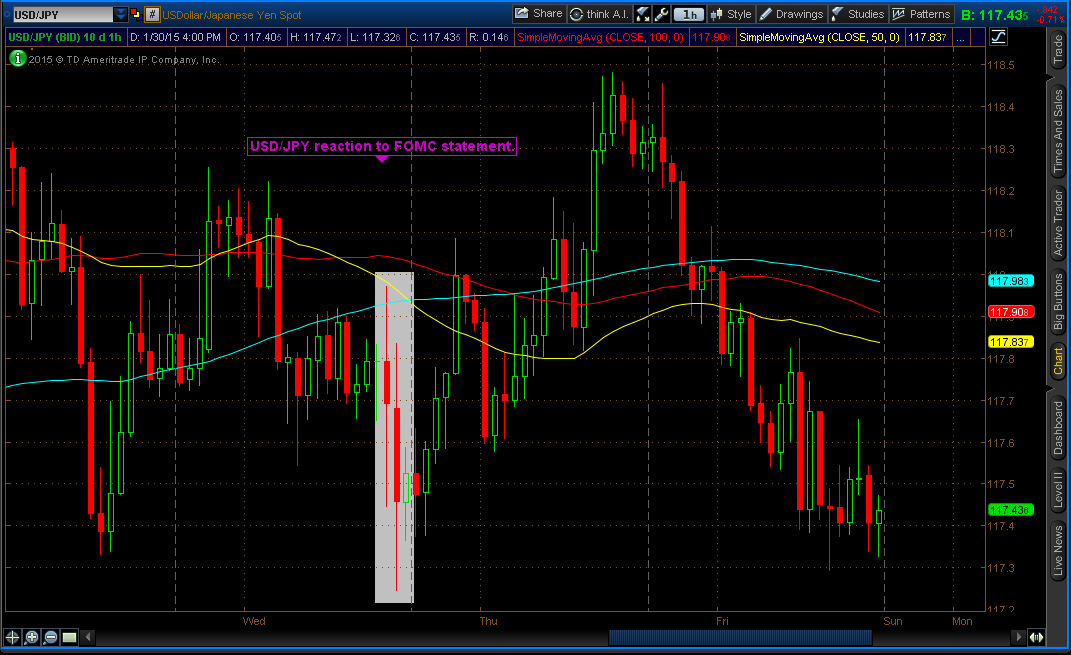Last Friday (April 3, 2015), March non-farm payrolls came out very negative. Non-farm payrolls slowed in March to a seasonally adjusted 126,000, slowest since December 2013. Unemployment rate held unchanged at 5.5%. The downturn in the jobs report could delay the Federal Reserve’s plan on raising the interest rates. Federal Open Market Committee (FOMC) have said in the past that continued improvement in labor would be a key factor on the timing of the rate-hike. I, now, believe there is a little chance of rate-hike in June.
What caused the downturn in the labor market? I believe it was because of the bad weather, plunging oil prices, and the strong dollar. The bad weather have caused businesses, especially in construction, to lose profits and to halt hiring. However, weather is a transitory factor. Plunging oil prices have left the oil industry in the dust. Oil companies are not being able to make revenue/profit. As a result, they had to layoff some of their employees. Strong Dollar is putting pressure on export-driven manufacturers, resulting in lower sales leading to layoffs. It’s also making it harder for U.S. businesses to sell goods aboard. I believe majority of U.S businesses’ revenue or earning per share (EPS) will less than expected, for the quarter.
Not only did we get to see March jobs report, but there were revisions to February and January jobs reports. January job creation was revised lower to 201,000 from 239,000 (-38,000). February job creation was revised lower to 264,000 from 295,000 (-31,000). I believe March jobs report will also be revised.
The labor-force participation rate was at 67.8%, lowest since February 1978. It shows that there’s less confidence in jobs market. Therefore, people have stopped looking for jobs. Average hourly earnings rose 7 cents or 0.3% to $24.86. The earnings can be a indicator for inflation. If it increases, inflation is more likely to increase too. Walmart and McDonald are increasing wages for majority of its employees, if not all of them.
Reactions to the report:
U.S Dollar (foreign exchange, or Forex) reacted negatively. U.S Equity markets were closed for Good Friday. We will get to see the reaction of equity market in the morning (Monday, April 7, 2015). I believe it will rise since negative jobs report could delay the rate-hike, since low interest-rate environment can very attractive to investors, including me.
If you have any questions, feel free to contact me anytime and/or leave comments. Thank you.
